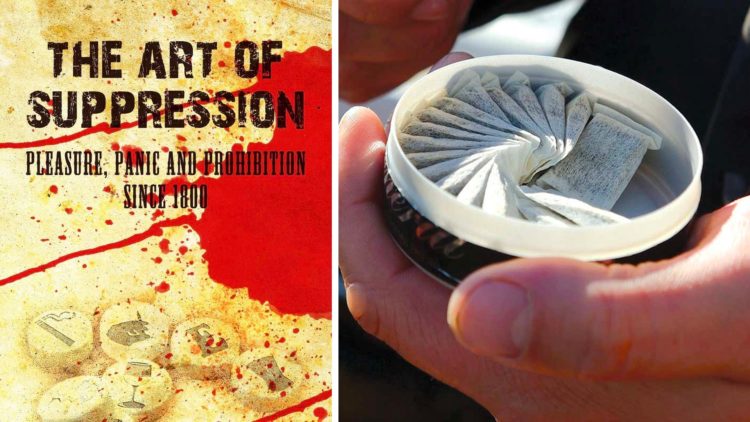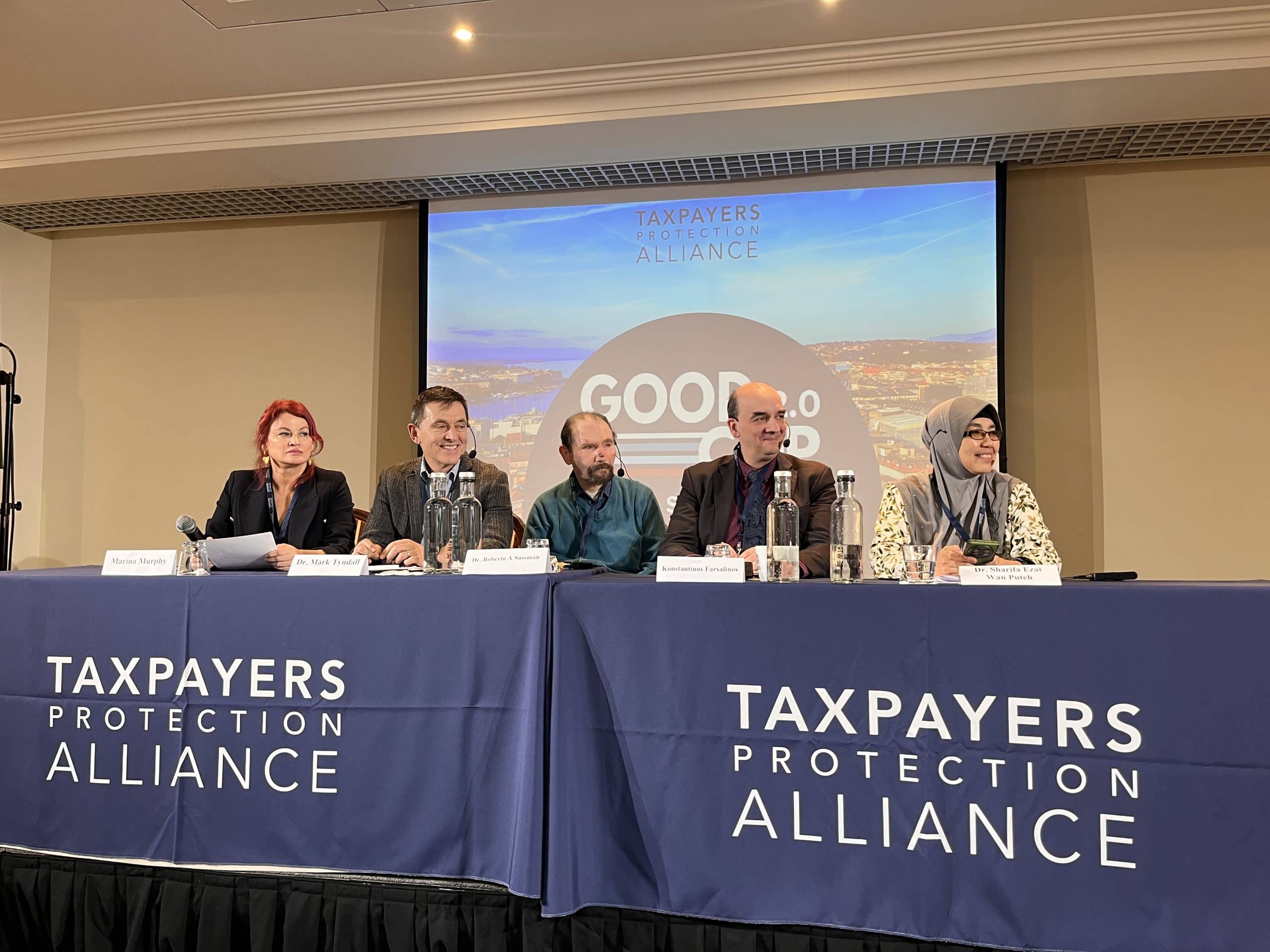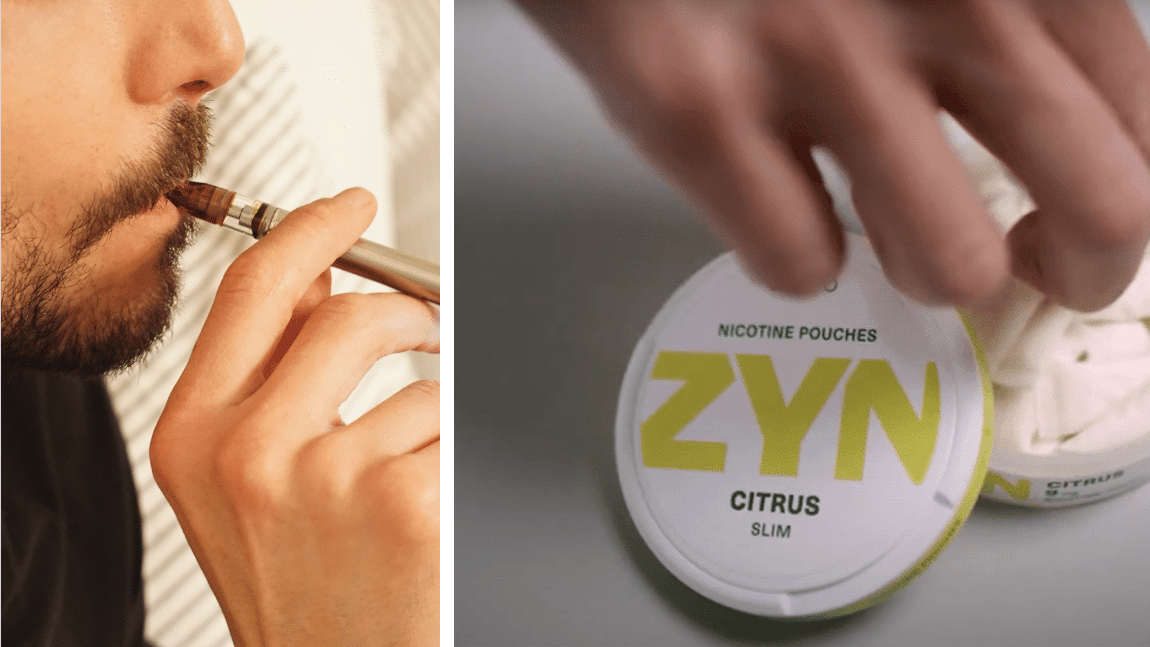
Snus and the Art of Suppression: Part 4 – The alliance against snus
Why is snus banned in the European Union? How did it happen? Snusforumet, in partnership with author and commentator Christopher Snowdon, brings you the inside story behind one of the EU’s more confounding policies.
For the next several weeks, Snusforumet is publishing excerpts from the story behind the EU snus ban as written in The Art of Suppression: Pleasure, Panic and Prohibition since 1800, a 2011 book written by Christopher Snowdon.
However, Snusforumet subscribers get instant access to the whole story. Click here to subscribe to Snusforumet and get the entire chapter on snus from The Art of Suppression emailed straight to your inbox.
Part 4 – The alliance against snus
Not everyone was able to change their mind in response to changing evidence. In the same year, the US Surgeon General said: “There is no significant scientific evidence that suggests smokeless tobacco is a safer alternative to cigarettes.” This was a worrying sign of scientific illiteracy from the country’s foremost authority on health, but the claim that smokeless tobacco was “not safer than cigarettes” was repeated often by government agencies until it was declared scientifically unsupportable under the Data Quality Act in 2004.
The debate about harm reduction in the USA differed from that in the EU because snus had never been banned in America. The question for reformers across the Atlantic was whether snus use should be actively promoted as a way of quitting cigarettes. Many veteran anti-smoking advocates were vociferously opposed to anything that might help the tobacco industry sell any product. Alan Blum was typical of the old guard. Having founded the anti-smoking lobby group Doctors Ought to Care in the 1970s, Blum called snus as “a true health threat and a gateway to cigarettes”. He dismissed the idea that the Swedish experience could be exported and described snus as “almost totally a Swedish custom, like that smelly fish that only Swedes eat.” In an e-mail to Scott Tomar, a dentist working in public health, Blum complained that “the scurrilous use of the epithet ‘quit or die ’to characterize those of us who oppose any collaboration with a tobacco manufacturer is deeply disturbing.” He went on to equate people like Clive Bates and Ann McNeill with Japanese prisoners of war, writing: “I think these folks need to see ‘The Bridge on the River Kwai ’to better understand how one can unwittingly aid the enemy.”‘
If anti-smoking campaigners had ideological reasons to oppose tobacco harm reduction, the pharmaceutical industry was not short of financial motives for wanting snus to be kept off the shelves. Having spent millions developing Nicotine Replacement Therapy (NRT), their share of the smoking-cessation market was suddenly…
To continue reading, subscribe to Snusforumet
By subscribing to our newsletter, you agree to allowing Snusforumet to use your email address to contact you with news and marketing. materials. Read more about how we process your personal information in our privacy policy.




